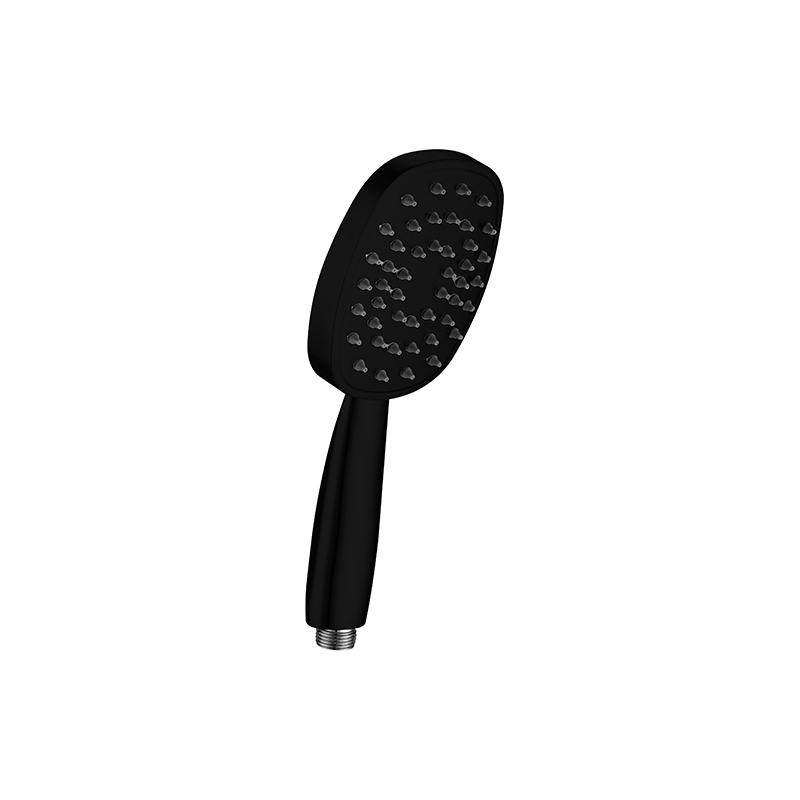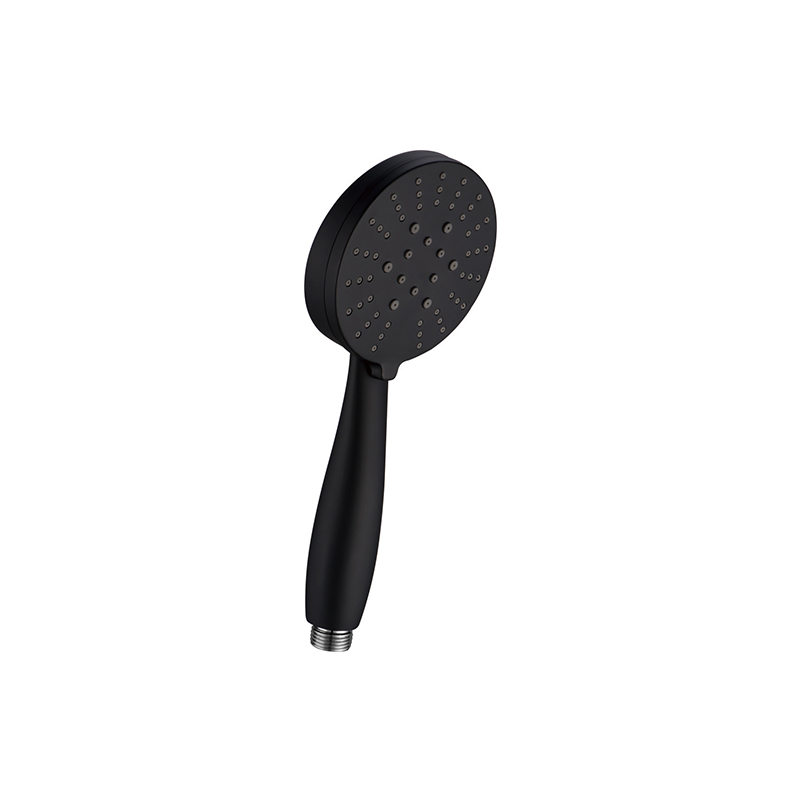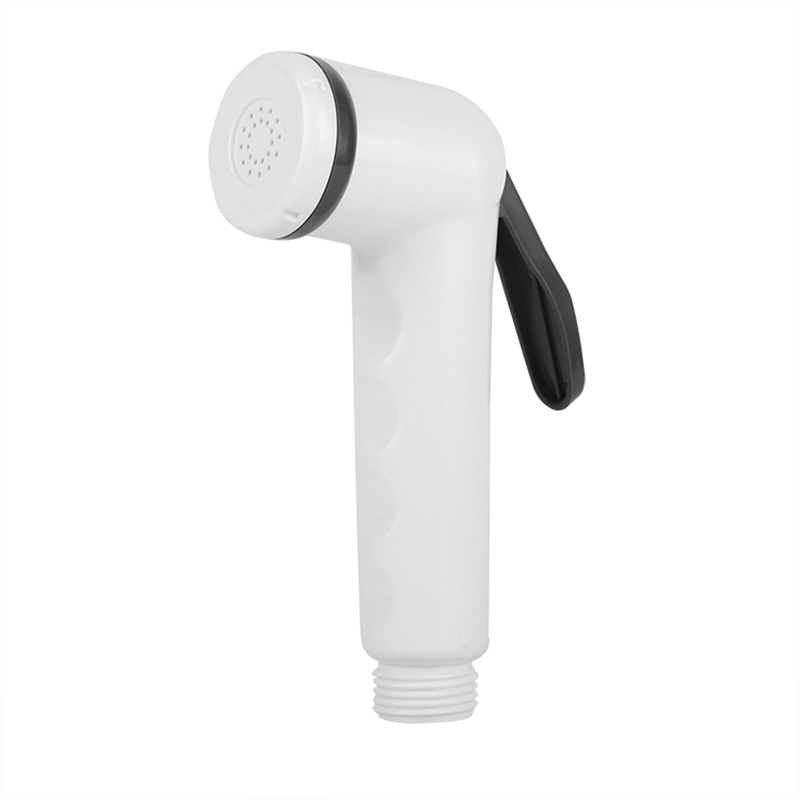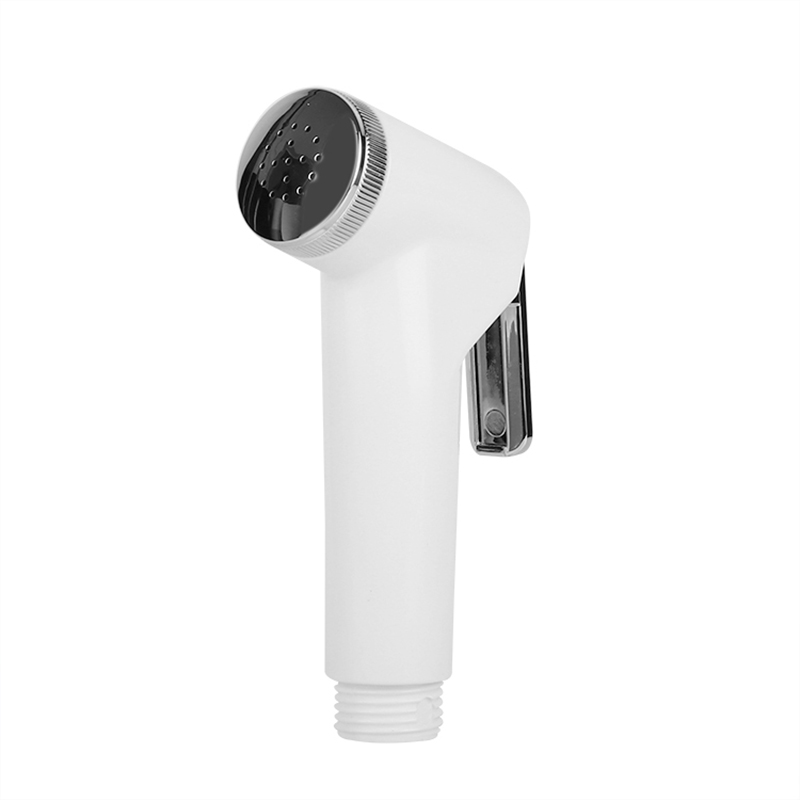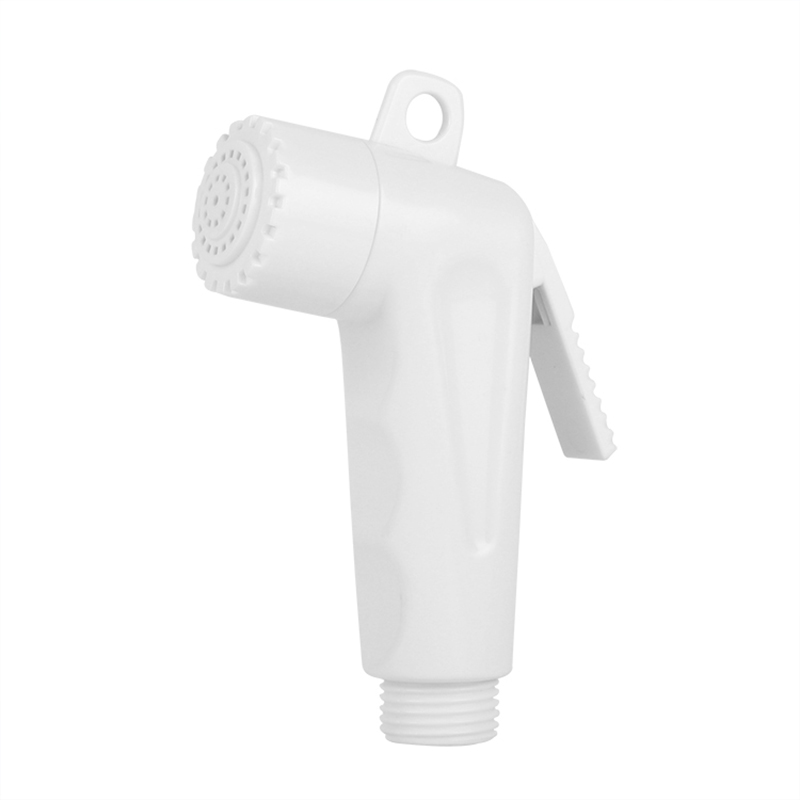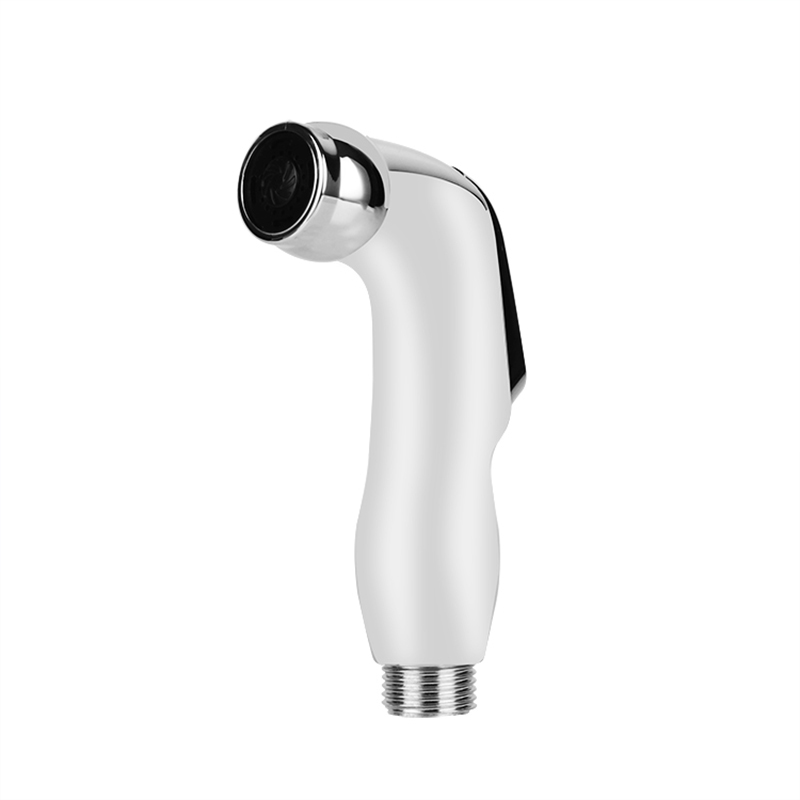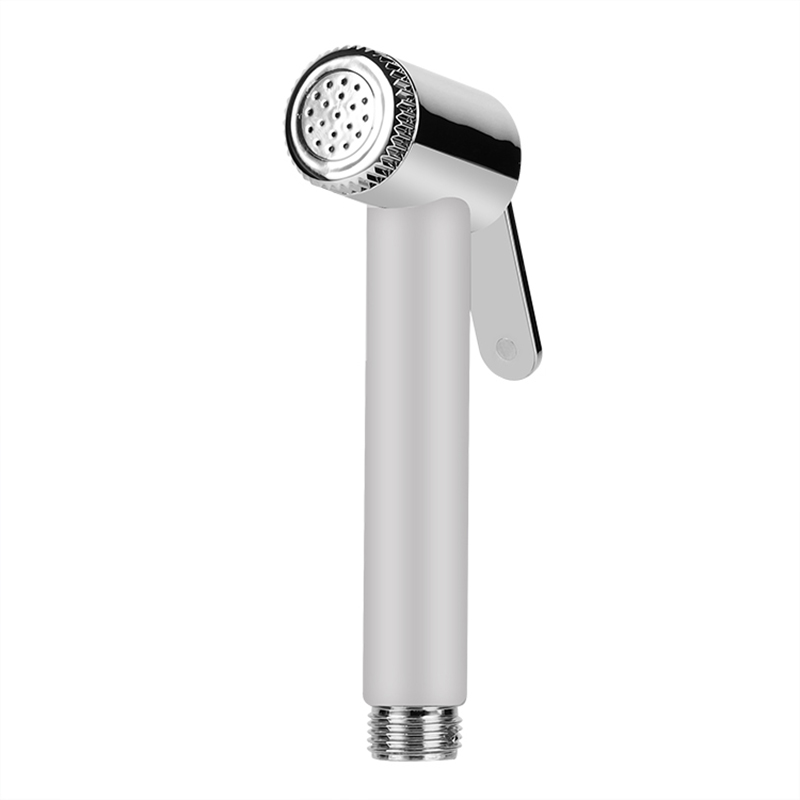The following points need to be noted during the installation and use of PVC Shower Hose:
Choose the appropriate specifications and length: Make sure the PVC shower hose you choose matches the shower, faucet and other accessories, and the length should be appropriate to avoid the inconvenience caused by being too long or too short.
Check the quality of the hose: Before installation, carefully check the hose for cracks, bubbles, deformation and other defects to ensure that the quality of the hose meets the usage requirements.
Correct installation: When installing, follow the instructions or the guidance of professionals to ensure that the hoses are firmly connected to showers, faucets and other accessories to avoid loosening or falling off during use.
Avoid excessive bending: PVC shower hose has a certain degree of flexibility, but excessive bending or twisting may cause internal cracks or damage to the hose, affecting its service life. Therefore, avoid excessive bending or twisting of the hose during installation and use.
Avoid high-temperature environments: PVC materials are sensitive to high temperatures. Long-term exposure to high-temperature environments may cause the hose to deform, age, or even rupture. Therefore, during installation, ensure that the hose is kept away from heat sources, such as gas water heaters, electric water heaters, etc.
Regular cleaning: After a period of use, scale, dirt and other impurities may accumulate inside the PVC shower hose, affecting the smooth flow of water. Therefore, hoses must be cleaned regularly, using special detergents or white vinegar.
Pay attention to water quality: The water quality in different areas is different. The water quality in some areas is hard and contains more calcium, magnesium and other minerals, which can easily form scale inside the hose. If the water quality is hard, it is recommended to replace the hose regularly to avoid scale accumulation that affects the use effect.
Avoid excessive pulling: During use, avoid excessive pulling or dragging on the PVC shower hose to avoid damaging the hose or causing the connection to loosen.
Timely repair: If the PVC shower hose is found to be leaking or damaged, it must be repaired or replaced in time to avoid affecting normal use or causing safety hazards.
Observe the instructions for use: Finally, carefully read and comply with the instructions for use of the PVC shower hose, and install and use it according to the instructions to ensure safety and stability during use.

 English
English 中文简体
中文简体



